The Turkish Angora is beloved in Turkey, but these absolute stunners have effortlessly purred their way into the hearts of cat lovers worldwide, too. They can be easily mistaken for other cat breeds with medium-length or long hair, like the Persian and Turkish Van, so in this guide, we’ll tell you what to look for if you’re unsure your kitty is a true Turkish Angora!

The 6 Ways to Identify a Turkish Angora Cat
Okay, so you think your fluffy delight might be a Turkish Angora, but you can’t be 100% sure. No problem—follow this checklist to get to the bottom of the mystery.
1. Look at the Coat
Turkish Angoras have very distinctive, single, medium-length to long coats with a wonderful texture—silky, soft, and often white in color. Nevertheless, other colors and patterns can’t be ruled out since a wide variety is possible for this breed, including (but not limited to) cream, red, blue, black, tabby, tortoiseshell, and calico.
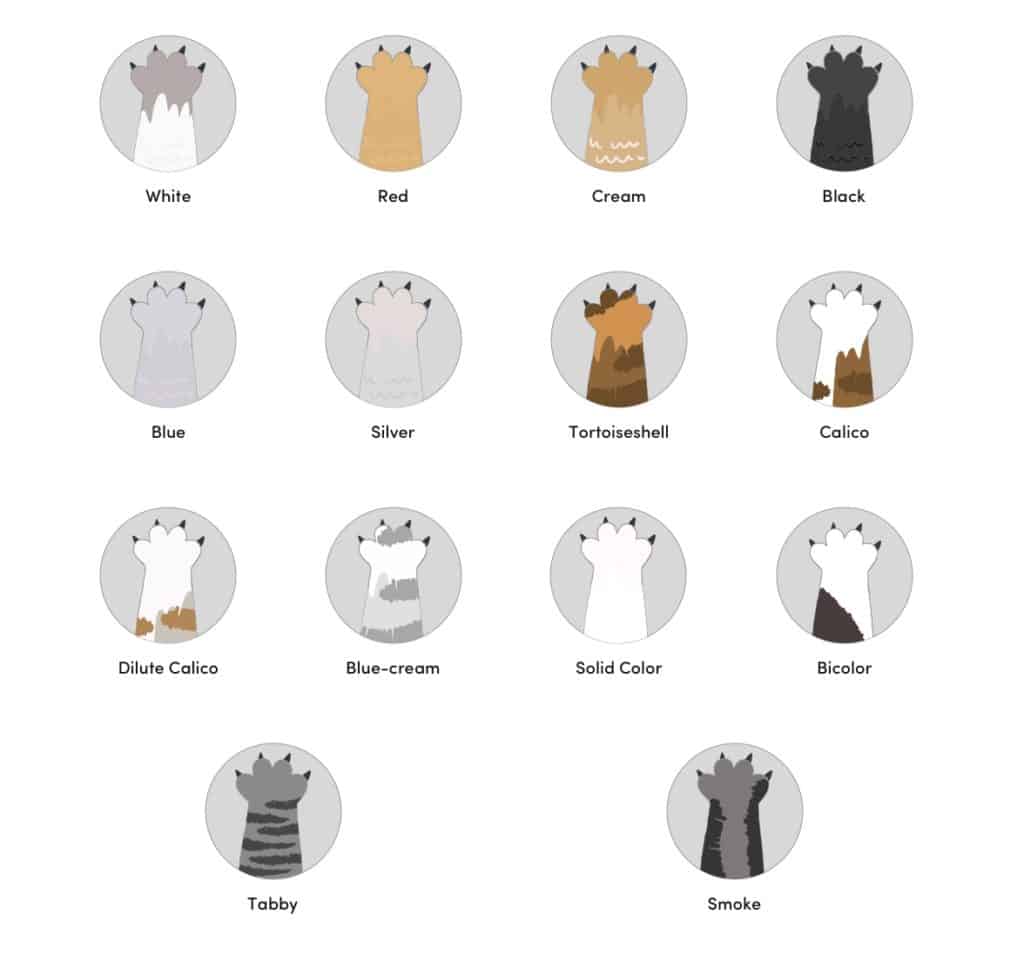
2. Look at the Head Shape
The Turkish Angora has a small to medium-sized, wedge-shaped head. The head could also be described as almond-shaped, just like the eyes, which come in various colors, including blue, green, and amber, though some Turkish Angoras have heterochromatic (different-colored) eyes. The head is in good proportion to the rest of the body, the neck is slender, and the chin is slightly round.
3. Look at the Build
Turkish Angoras are medium in size, but they’re fairly small when compared with the breeds they’re sometimes mistaken for, like the Turkish Van and the Persian.
In addition, the body is slender, long, muscular, and graceful rather than bulky or big-boned, and this gives them a smooth and elegant gait. Turkish Angoras are typically between 9 and 14 inches tall, with hind legs longer than those up front, and they can weigh up to 15 pounds.
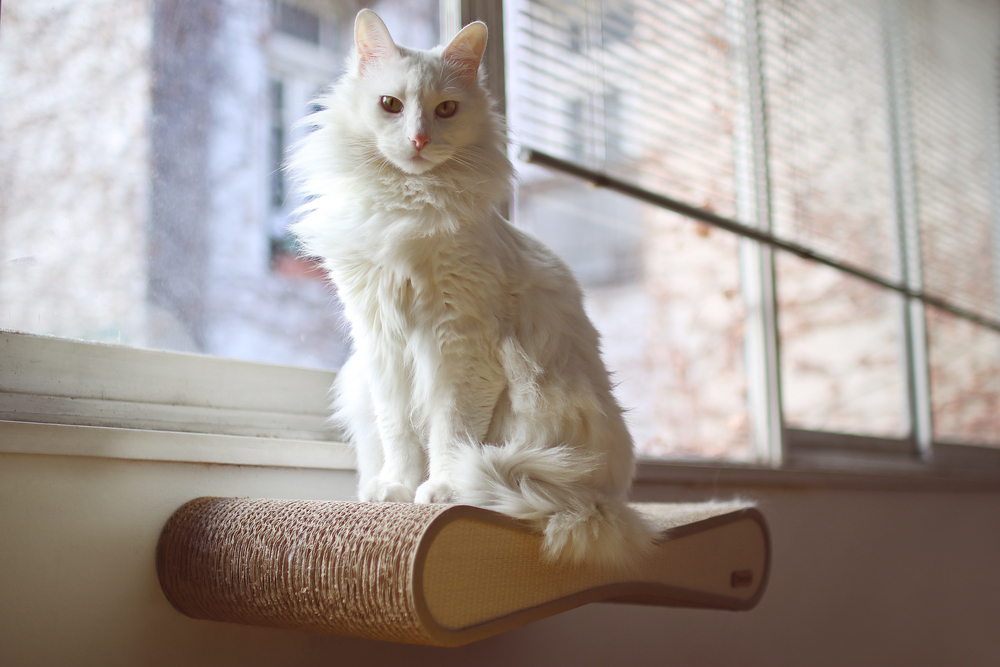
4. Look at the Paws
Unlike some breeds that have larger, more bear-like paws, Turkish Angoras typically have little, delicate paws.
5. Look at the Ears
A Turkish Angora’s ears are long, wide-based, and triangular in appearance, whereas some breeds have more round-shaped ears.
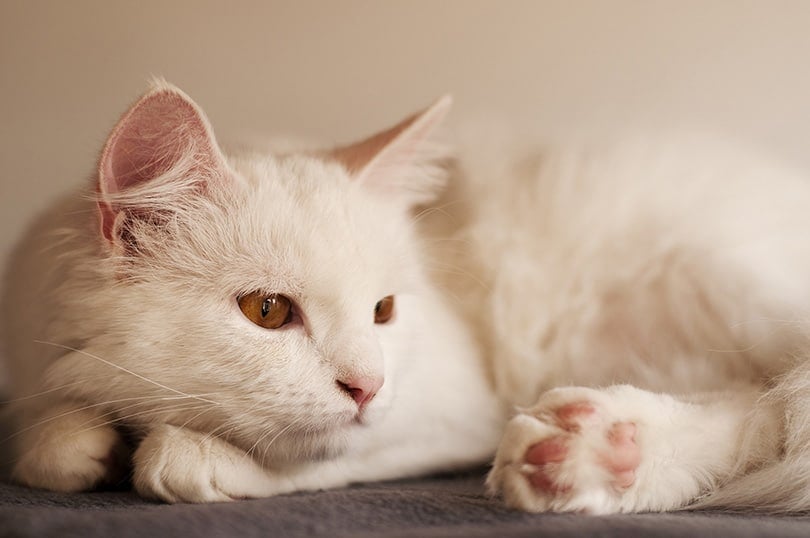
6. Look at the Tail
The long and plume-like or feather-duster-like tail is one of the Turkish Angora’s most distinguishing features. According to the Cat Fanciers Association’s breed standard, the tail is narrow at the end and wide at the base.

The Turkish Angora Temperament
One of the most exciting things about cats is that they’re a real mix-and-match when it comes to personality. Nevertheless, certain character traits are often linked to specific cat breeds, and the Turkish Angora is no different.
Turkish Angoras are known for being very intelligent, confident, and people-oriented and for simply loving being the center of attention! They’re generally not of the shy and retiring variety and won’t hesitate to put an unruly canine or feline companion in their place if necessary.
Angoras do well in homes with sensible and respectful children and thrive off of affection—and will give it back in no short supply. They often love to play and explore, so stock up on cat trees and climbing spots aplenty.
These are, however, just generalizations—it’s completely possible to get a Turkish Angora that’s a little more mellow and reserved around people.
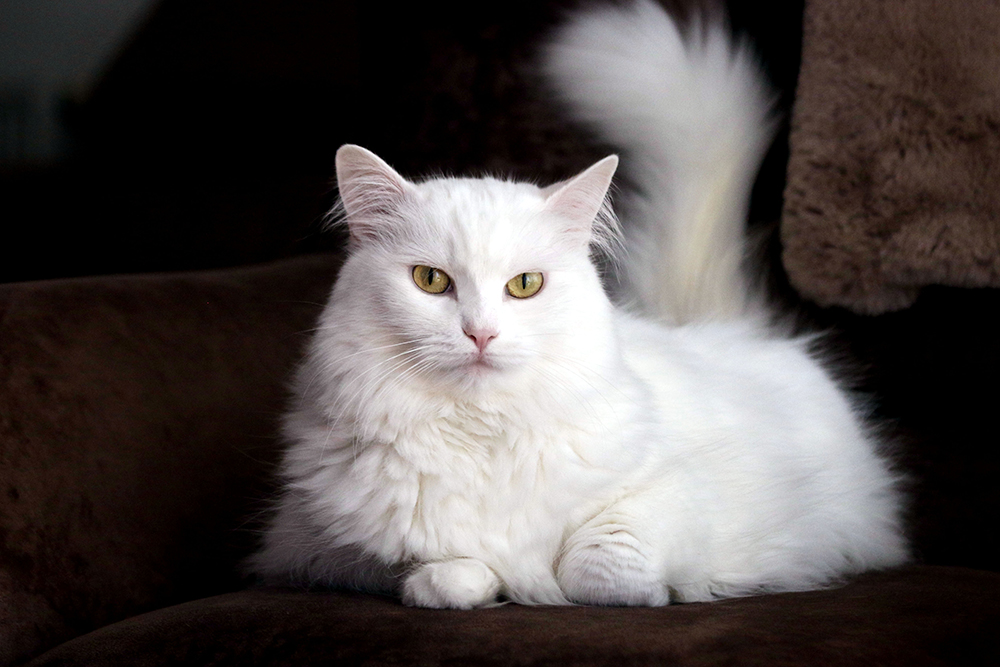

Final Thoughts
To sum up, the gorgeous Turkish Angora has plenty of distinctive traits, but their luxurious silky coats, lithe and graceful bodies, pointed ears, delicate paws, feathery tails, and almond-shaped heads can help you tell them apart from similar-looking breeds. These cats are also renowned for their often companionable, spirited, and confident personalities, though every cat is unique in this area.
Featured Image Credit: TheCats, Shutterstock
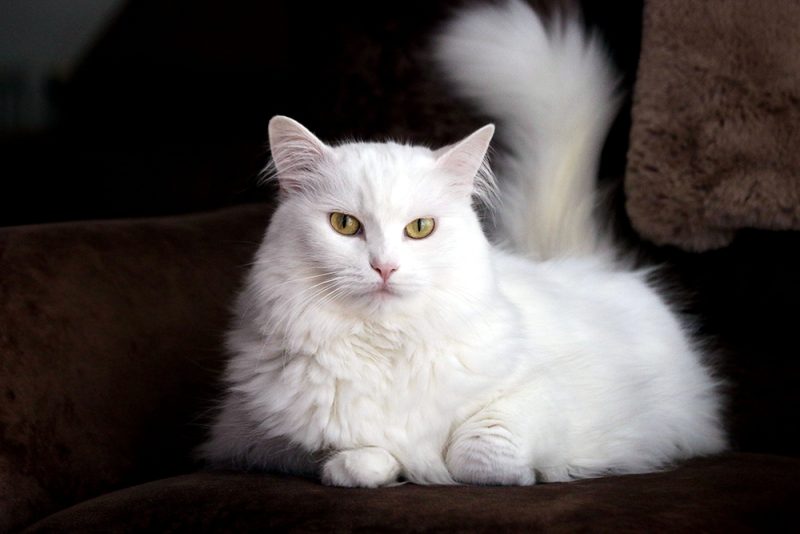





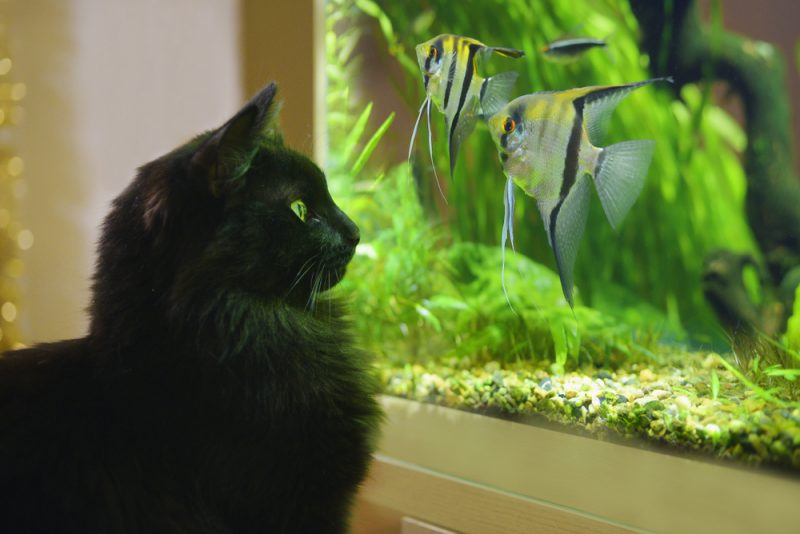

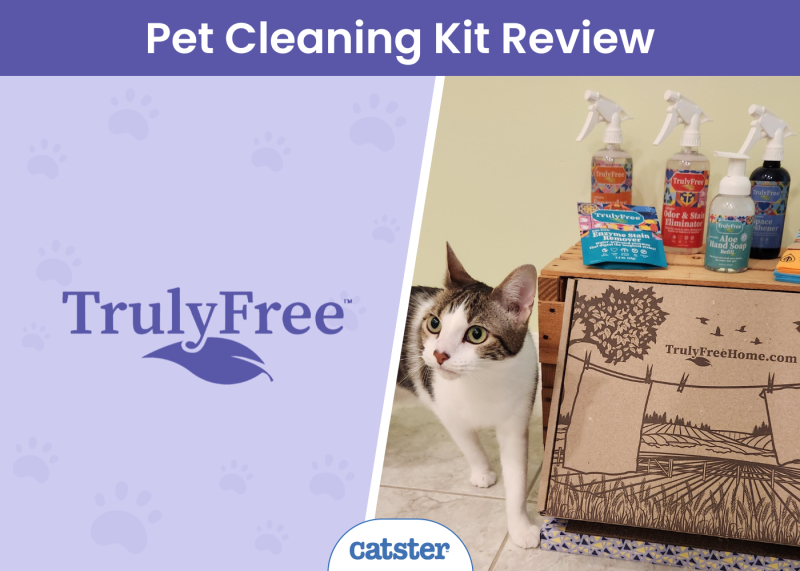
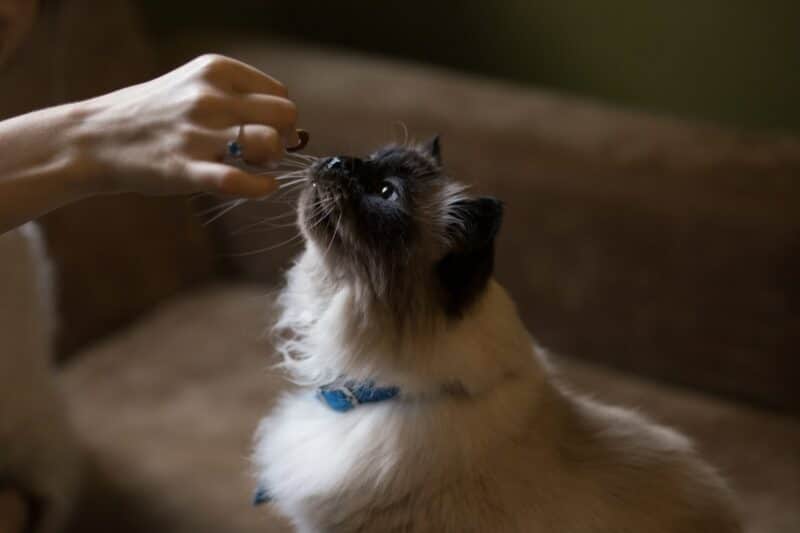
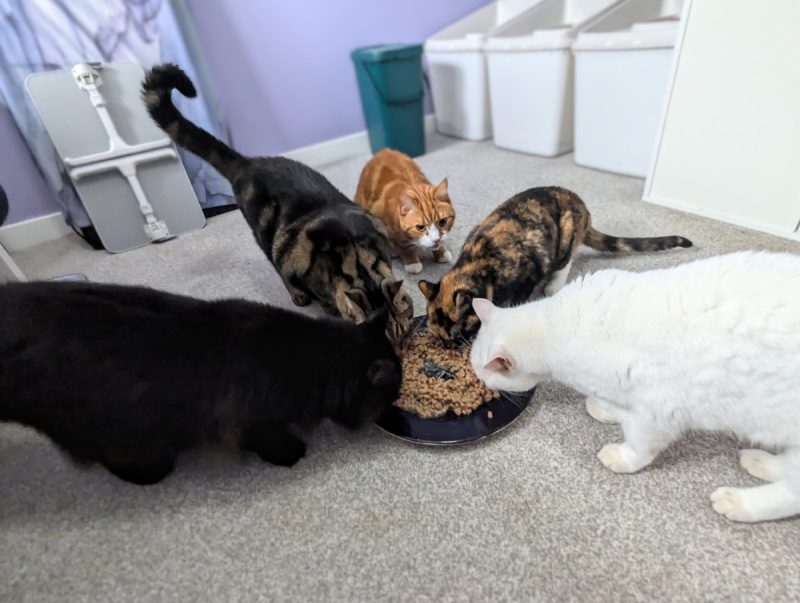
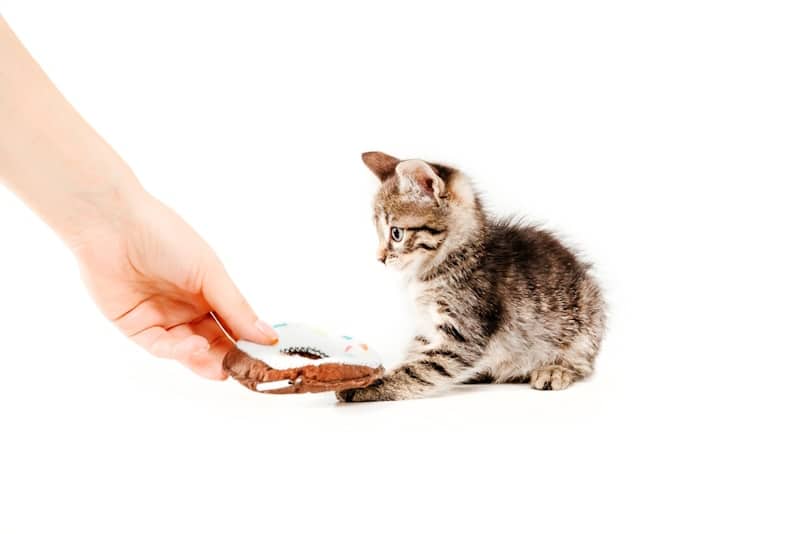

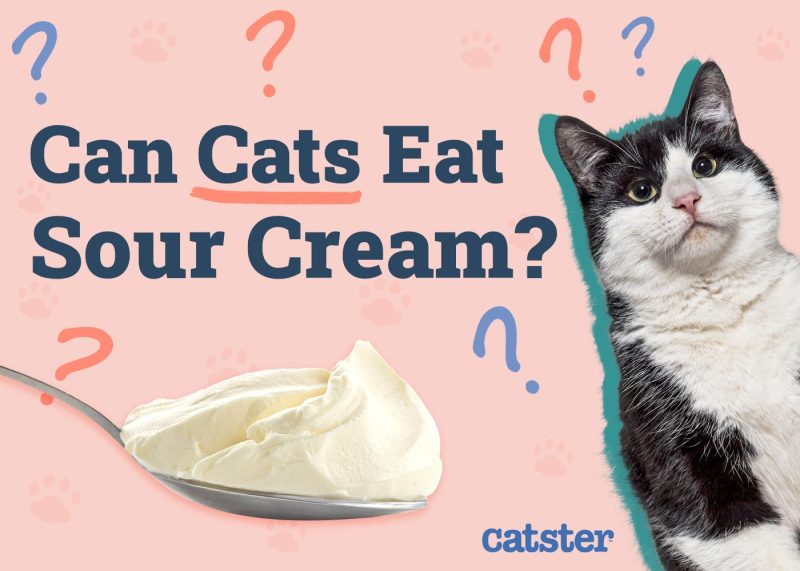



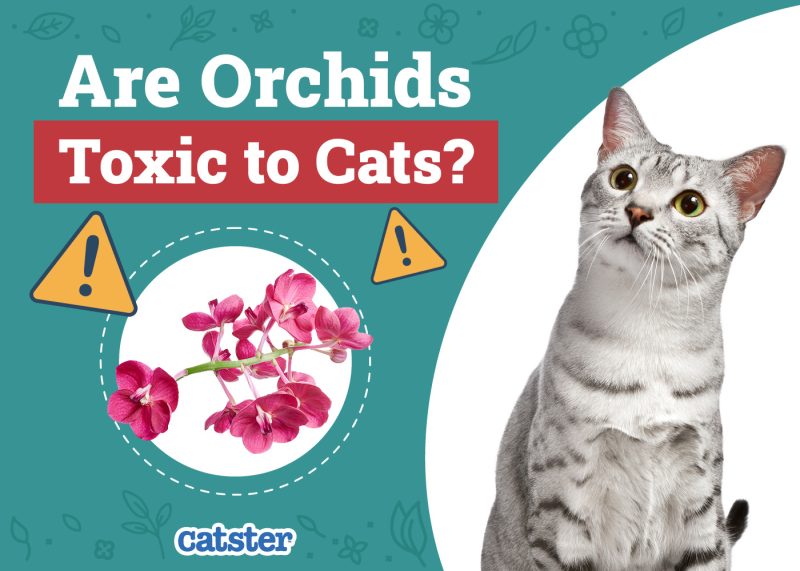


2 Responses
my black and white cat has been labelled as DSH by the vet he was found and rescued, but he has long soft furry and fox like tail I think he is one of these
Hi Charlotte, thanks for sharing your story, your cat sounds gorgeous; only DNA testing can confirm if it is a DSH or Turkish Angora, but they are both lovely. Consider enrolling your cat in our cat of the week contest: https://www.catster.com/submit-your-cat/.